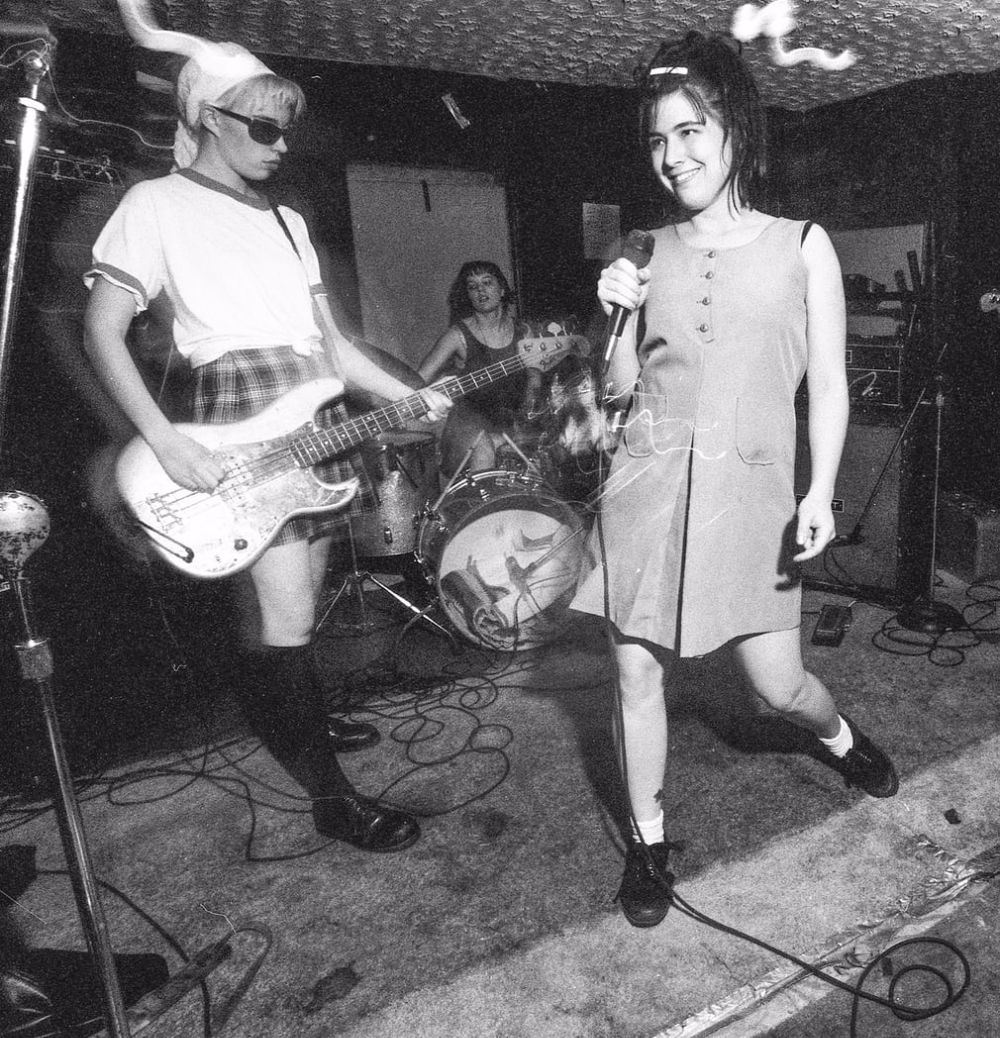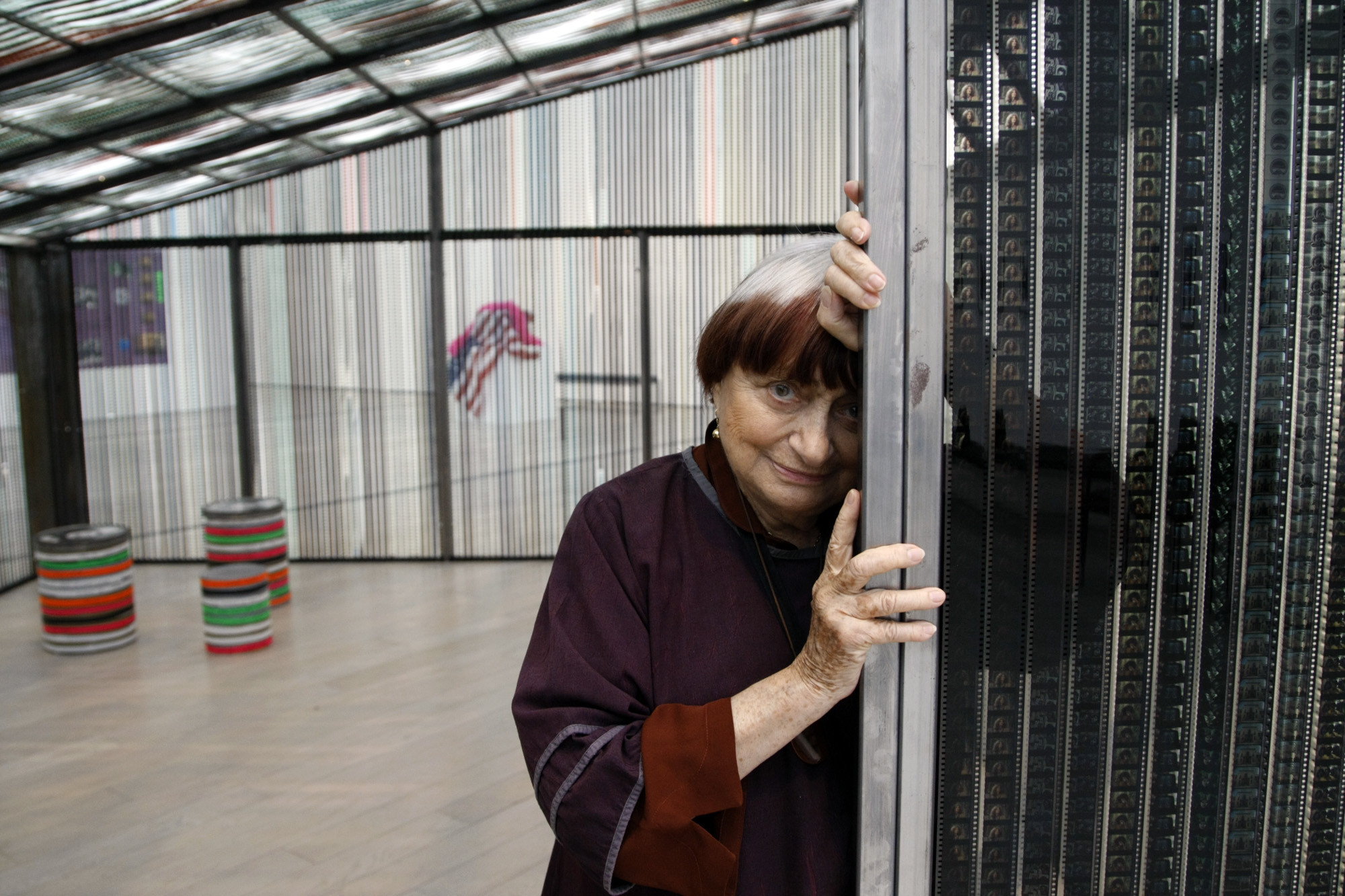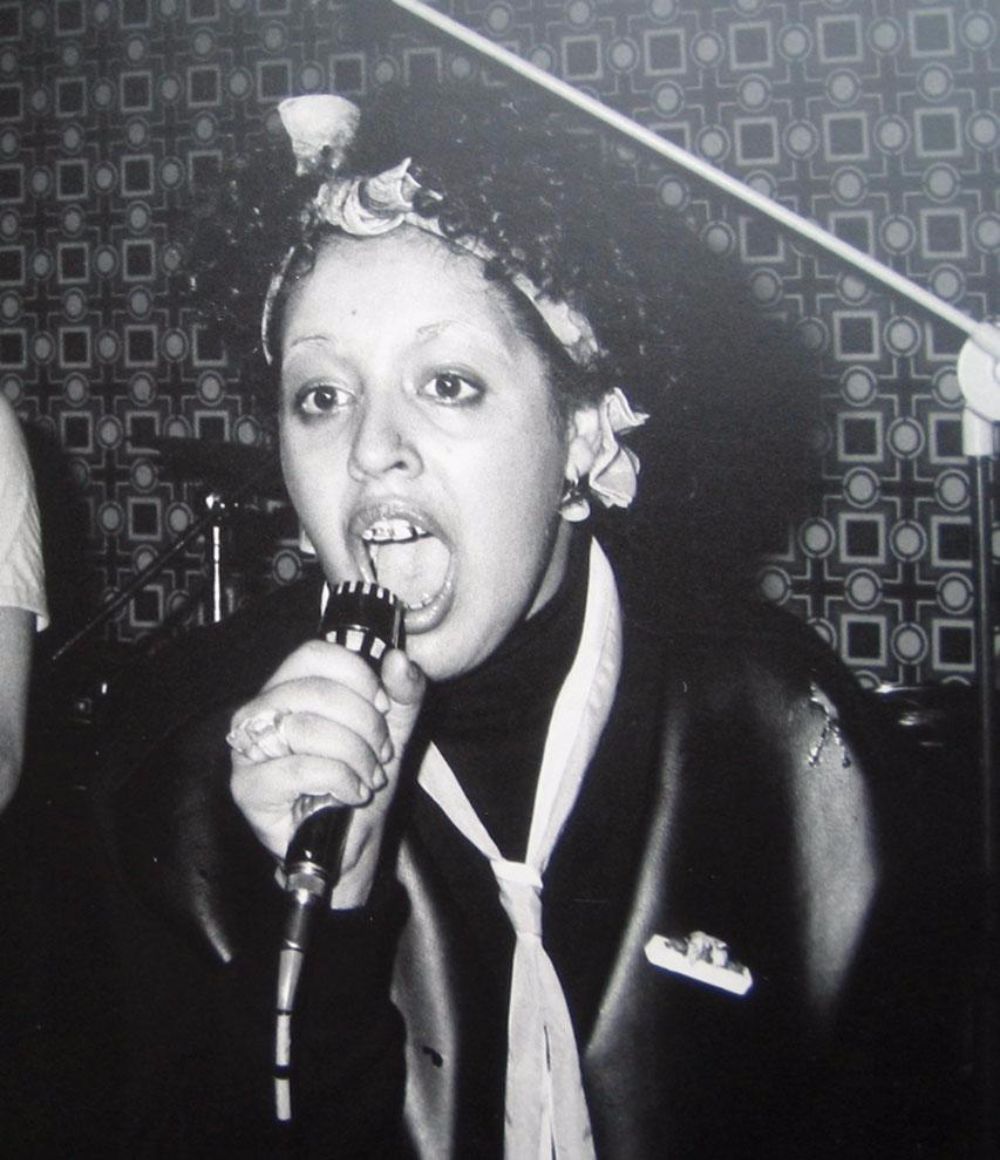1. Lost Noise and Found Sound
– Sounds of the projector box (h/t Sam): “These recordings, made in 2016 and 2017, document the shifting sonic texture of the cinema projection box, as it changes from 35mm to digital projection.”
– Noise collections: “After realizing that I was using the wrong sounds, I got to work trying to find the right ones. I contacted several film archives, expecting them to have vast collections of studio sound effects. To my surprise, they didn’t. It turns out the studios didn’t really value their sound effects, and the rolls of optical film sound generally were taken by the sound editors as they moved from job to job. Editors shared and traded sounds with their friends, much like what we do with freesound.org.”
– “There was so much artistic creativity happening in music, art and film in NYC in the mid to late 1970s and early 80s … The East Village was a thriving colony of artists of all kinds and you could walk down any street in the area most days and run into others and end up having stimulating conversations on the street or in some local cafe.” – The Collective Discordance of the No Wave Group Ut
– Do you need an oral history of The Ramones’ “Pet Sematary”? I think that you do.
 2. Fragments from the memory palace
2. Fragments from the memory palace
– Early photographs of women in punk.
– Recent genre releases from Scream Factory include Boris Karloff and Bela Lugosi in Robert Wise’s extremely essential The Body Snatcher, and Sam Waterson and Yaphet Kotto in 1985’s rather less essential eco-horror Warning Sign.
– Peter Rist’s reflections on The Nitrate Picture Show continue, in black and white. (The entirety of Senses of Cinema’s Issue 90 — Valérie Massadian, the necropolitics and fluids of Roma, To Save and Project, the “Romantic aesthetics” of Lars von Trier, Deleuze and the global refugee crisis — is worth diving into.)
3. Archives
– The marked uptick in white supremacist menace continues in the U.S. as elsewhere; multiple Black churches were burned in a single Louisiana parish this week. In Tennessee, the deeply suspicious fire at the historic Highlander Center included the destruction of its archives.
– Blue Ridge Streaming presents a “semi-randomized,” 24-hour assemblage of local programming dating back to the ’70s, a signal-and-noise nostalgia of forgotten cooking shows, birthday announcements, and travelogues, stitched together, presumably for PBS authenticity’s sake, with pledge drives.
– The appropriate response to this research report on “the dire state of news archiving in the digital age” is almost certainly yikes:
Meanwhile, interviewees frequently (and mistakenly) equated digital backup and storage in Google Docs or content management systems as synonymous with archiving … Instead, news organizations have handed over their responsibilities as public stewards to third-party organizations such as the Internet Archive, Google, Ancestry, and ProQuest, which store and distribute copies of news content on remote servers. As such, the news cycle now includes reliance on proprietary organizations with increasing control over the public record. The Internet Archive aside, the larger issue is that these companies’ incentives are neither journalistic nor archival, and may conflict with both.
– A fascinatingly engaged inquiry into feminist scholarship, the internet as “a nearly infinite number of unique, individual, personalized performances,” and “the challenge of preserving the historical record of #MeToo”:
The Schlesinger staff’s choices shape the archive to a degree that’s unusual, and a little unwelcome. Standard collections have implicit boundaries: they’re the papers of a person or an organization or perhaps the surviving documentation of a single event, such as the March for Life. But #MeToo—which drew strength from millions of sources and exerted influence in every direction—can only be captured in what archivists call a “constructed” or “artificial” collection, an assemblage of objects of disparate provenance, with borders that are imposed, not absolute. The Schlesinger has other constructed collections, such as a survey of early women’s blogs, but the #MeToo project is by far the most ambitious. It pushes the library to the edge of its traditional role in a field that draws a stark line between archivists, who leave as few fingerprints as possible, and scholars, who mold history from the assembled clay.
 4. Varda tributes
4. Varda tributes
– Lovely: “While I Live, I Remember”: Agnès Varda’s Way of Seeing
– Manohla Dargis on the Agnès Varda she knew.
– Criterion.
– “Seven facets of Agnès Varda” from Sight & Sound contributors: pioneer of the New Wave, the (self) portraitist, at play with the world, multimedia artist, le chat d’une poete, spaces places, and the visual stylist.
– Indiewire has reflections from critics and appreciations from women filmmakers.
– Joan Dupont’s profile and interview from last winter’s issue of Film Quarterly is remarkable:
Just as we finally settle down, Agnès mentions that people will be dropping by later. Friends? “Friends from cinema, people who are writing about me that I appreciate, but don’t read,” she adds with a laugh, and I wonder if I am one of them. We are friends, but she has so many. Never mind. We sit in the garden and have our tea.
5. Lost images resurfacing amid resurgent fascism
Timing is a funny thing: the sudden, woefully under-publicized flurry of “Polish nationalist rallies around the [U.S.] … protesting the new [Polish] Holocaust restitution legislation” this past week coincides with the restoration of a pointedly relevant film, only recently rediscovered:
Across the Atlantic ocean, Poland was going through its own internal strife. Under communist rule, with a population still confronted by the devastation caused by the Second World War, the government unleashed an anti-semitic campaign to force its Jewish population out of the country. At the time, most Jews were totally assimilated into Polish society, having all but hidden their Jewish identity following the Holocaust. During the campaign, which last from 1968 until 1971, many Jews were fired from their jobs or kicked out of school, then forced to renounce their Polish citizenship. It was largely non-violent, but affected more than 14,000 people.
Back in the US, a little known experimental filmmaker named Fred Engleberg caught wind of what was happening and flew overseas to document the event. He ended up in Copenhagen, Denmark, where many of the refugees had fled. Denmark welcomed them, granting them temporary stay in an off-season cruise ship while they figured out more permanent accommodations. Engelberg’s film documented the experience as the two cultures came together, trying to figure out how to build a new home.
The recent rallies — again, in cities across the U.S. — seem to have featured a mix of boilerplate national pride and collective grievance, with predictably coded currents of anti-Semitism only occasionally rising to the surface. This past weekend’s “Awakening” conference in Finland, explicitly organized to further the internationalization of white supremacist ideology, was less shy about its ambitions. All of this context adds an unsettling sense of urgency to recent screenings of The City Without Jews, the newly restored 1924 German satire — a tongue-in-cheek “expulsion” fairy tale which prefigured actual Nazi atrocity — that a collector discovered at a Paris flea market in 2016.
6. RIP
– Genevieve Oswald, founder and curator of the New York Public Library’s dance collection, was 97.
– Editor Barry Malkin, frequent Coppola collaborator (including on The Godfather: Part II and Rumble Fish), was 80.
– Joseph Pilato (Day of the Dead, as well as a bunch of other Romeros) was 70.

